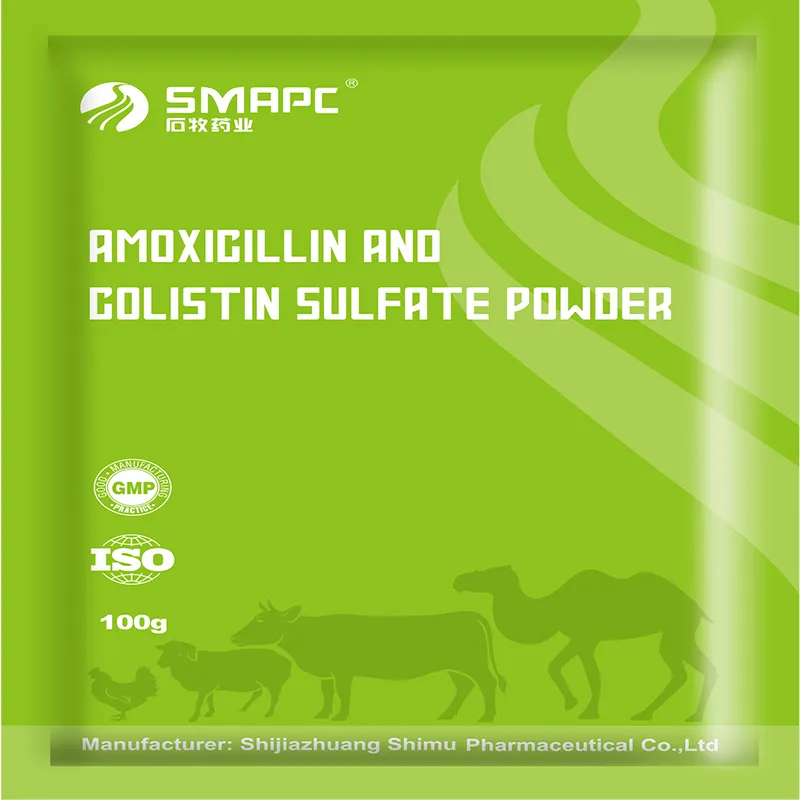Homeopathy is based on the principle of treating “like with like,” using highly diluted substances to stimulate the body’s natural healing processes. Many horse owners turn to homeopathic remedies for issues ranging from allergies to behavioral problems. While some studies have suggested positive outcomes, the efficacy of homeopathy remains a topic of debate within the scientific community. Nonetheless, many horse owners report success stories, often turning to homeopathy as a gentle and non-invasive treatment option.





